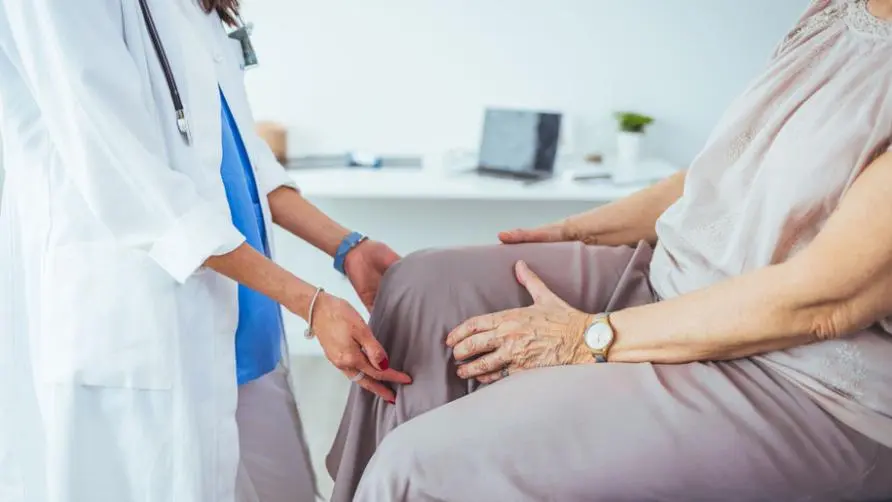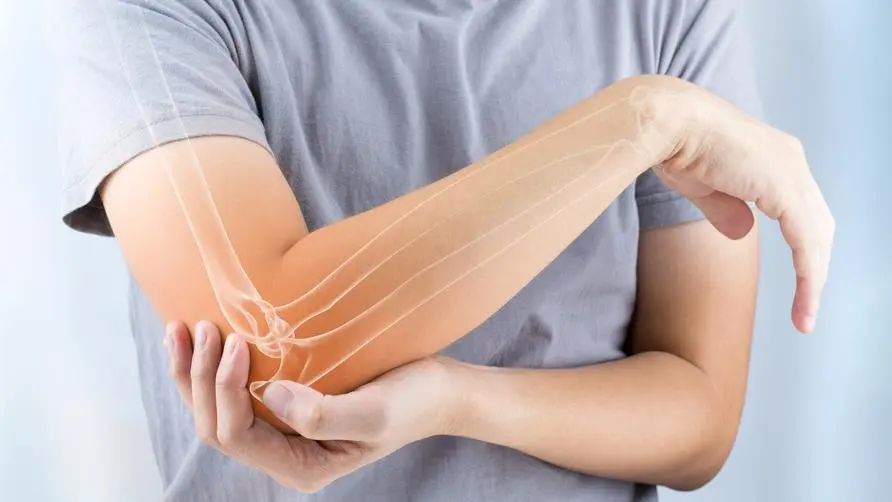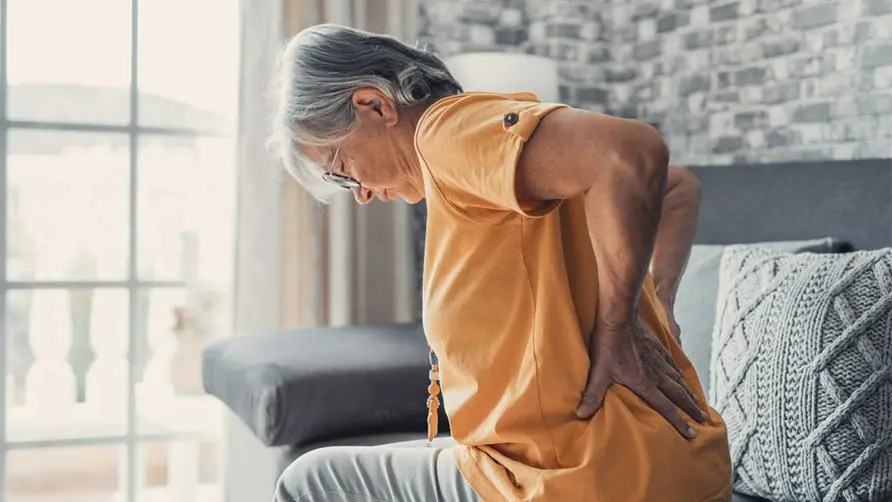Osteoporosis caused her spine to break 5 times in 5 years! Signs of osteoporosis are "1 in 7", so be careful

How terrible is it to suffer from “osteoporosis”? Is it possible that the patient will become bedridden and lose the ability to take care of himself?
According to a survey by the National Health Service, osteoporosis is the fourth most common chronic disease among seniors over 65 years old, and as age increases, the number of osteoporosis patients also increases. Even though the general public has high awareness of osteoporosis, they rarely take the initiative to get screened, and they are not even aware of the risk of fractures. They often only find out that they have osteoporosis when they seek medical treatment after an accident. After experiencing a severe fracture, the patient may become bedridden, lose the ability to take care of himself, and impose a financial burden on the family.
According to the 2020 American Academy of Clinical Endocrinology (AACE) osteoporosis treatment guidelines, groups with osteoporosis and a high risk of fractures can give priority to “drugs that promote bone formation” to quickly increase bone density and reduce the risk of fractures. At present, the coverage of osteoporosis drugs in health insurance has become more complete, and there are also different options for drugs that promote bone formation, providing more active and convenient treatment for patients with extremely high risk of fractures.
What are the treatments for osteoporosis? Doctor: 2 methods “two-pronged approach” to stay away from the risk of fractures
Dr. Dai Dawei, Secretary-General of the Osteoporosis Society of Taiwan and Director of the Orthopedic Ward of National Cheng Kung University Hospital, said that osteoporosis drugs can be roughly divided into two categories: “drugs to reduce bone loss” and “drugs to promote bone formation”. The former Drugs inhibit the action of osteoclasts to prevent excessive bone loss. Most osteoporosis drugs in Taiwan fall into this category.
Dr. Dai Dawei further explained that in the past, the treatment of osteoporosis was mainly based on “reducing bone loss.” However, studies have shown that drugs that promote bone formation are first used to quickly increase bone density, and then drugs that reduce bone loss are used to maintain bone density. Density, for patients with extremely high risk of fractures, a two-pronged approach with two drugs can achieve better therapeutic effects.
Dr. Dai Dawei reminded that approximately 1.3 million people in Taiwan suffer from osteoporosis, but only 200,000 to 300,000 people receive osteoporosis treatment. In recent years, the treatment methods for osteoporosis have gradually become more and more perfect. As long as they follow the doctor’s instructions, patients can still maintain mobility and live freely without the risk of fractures. Doctors suggest that people with extremely high risk of fractures need to adopt the concept of “increasing revenue and reducing expenditure”. They should first promote bone formation to increase bone density, then reduce bone loss, and continue to return for treatment. Only then can the symptoms of osteoporosis be improved.
How to tell if you have osteoporosis? The following indicators “1 out of 7” are high-risk groups
According to the 2021 Consensus and Guidelines for the Prevention and Treatment of Osteoporosis in Adults in Taiwan, if osteoporosis patients meet one of the following conditions, they are considered an “extremely high fracture risk group”:
Bone density T-score less than -3.0
Osteoporotic fracture within the last 12 months.
Fractures occur while being treated for osteoporosis.
There are multiple osteoporotic fractures.
Fractures occur while taking medications for bone damage, such as long-term steroids.
Patients who are at high risk for falls or have a history of injurious falls.
FRAX (a tool developed by WHO to assess patients’ fracture risk) patients with extremely high fracture risks, such as 10-year major osteoporotic fracture risk >30% and hip fracture risk >4.5%.
Dr. Dai Dawei reminds the public that osteoporosis is a “silent” disease. It is recommended that patients make comparisons based on the above conditions. If any of them meet one of the above conditions, they are at extremely high risk of fracture. Treatment guidelines recommend that such patients Priority can be given to receiving drug treatment that promotes bone formation to quickly increase bone density and prevent recurrence of fractures. Patients can proactively discuss the appropriate course of treatment with the attending physician.
A 70-year-old woman’s spine “broken five times” in five years improved to “walking freely” after half a year of treatment
Dr. Dai Dawei shared that he once treated a 72-year-old Grandma Wang (pseudonym). She suffered a hip fracture due to a fall 6 years ago. After receiving osteoporosis treatment, she suffered a stroke the following year. Her inability to move caused faster bone loss. 5 The spine was fractured five times during the year. In early June this year, he was transferred to the hospital for a bone density test and found that his T-score was -3.9, indicating that he was at a very high risk of fracture. After discussion, the medical team recommended treatment with drugs that promote bone formation. Grandma has completed the course of treatment for about half a year. She was unable to stand before, but now she can walk with a walker and has not suffered any other fractures. The doctor also reminded that grandma is still a patient with a very high risk of fracture and should continue to return for follow-up visits, follow the doctor’s instructions, and continue to receive osteoporosis treatment.
Dr. Dai Dawei reminds that for patients with osteoporosis who are at extremely high risk of fractures, the most important thing is “continuous treatment”. As long as you follow the doctor’s instructions, osteoporosis can be treated. Currently, health insurance provides different osteogenesis-promoting drugs for patients to choose from. If the patient is not sure whether their condition is suitable, it is recommended to inquire and discuss with the attending physician. After completing the course of medication to promote bone formation, it is necessary to work with the attending physician to formulate a follow-up treatment plan and follow the doctor’s instructions for continued treatment, in order to achieve good therapeutic effects and effectively avoid recurrence of fractures.





